Art and Optics
Contents:
 Collection of Historical Sources on Art and Optics
Collection of Historical Sources on Art and Optics
The Max Planck Research Group “Art and Knowledge in Pre-modern Europe” investigates how artists invented and appropriated knowledge, conceived and categorized knowledge, and transmitted and circulated knowledge in the visual and decorative arts in pre-modern Europe. One part of this project studies how artists (painters, goldsmiths, glass-makers and others) applied optical knowledge when working in different mediums (such as oil paint or glass), and how they transformed bodies of knowledge in the science of optics.
This is a collection of sources for the history of optics and its various appropriations in the decorative and visual arts from the fifteenth to the seventeenth century. Taking as a starting point artists’ reception and appropriation of Alhacen’s De aspectibus, the treatise that shaped the science of optics from the 11th century on, the collection enables interdisciplinary research between art history, history of science and technology, and technical art history.
This is a collection of sources for the history of optics and its various appropriations in the decorative and visual arts from the fifteenth to the seventeenth century. Taking as a starting point artists’ reception and appropriation of Alhacen’s De aspectibus, the treatise that shaped the science of optics from the 11th century on, the collection enables interdisciplinary research between art history, history of science and technology, and technical art history.
Partner institutions and contributors:
 Drawing with Optical Instruments - Devices and Concepts of Visuality and Representation
Drawing with Optical Instruments - Devices and Concepts of Visuality and Representation
The long-term objective of this Open Digital Library is to set up a corpus of descriptions, opinions and notions related to theory and practice of the use of optical instruments for the sake of depiction in Art and Science. Furthermore, it intends to make available a set of illustrations of the optical drawing devices themselves as well as of the visual products resulting from their use.
The principal goal is to facilitate analytical comparison and to offer a key to the multiplicity of the users' scopes, intentions and motivations, allowing to explore the conceptual premises leading artists and scientists to "arm their eyes" for drawing in different historical, aesthetic and epistemological contexts.
The idea of this open digital library originated in a research context focussing on the experience of Nature in the early 19th century that explores possible mutual relationships between aesthetic and epistemic notion of vision, cognition and experience as to their meaning for the observation of natural phenomena and the practices of its representation.
Put in train on that ground with typical 19th-century drawing devices and application fields,the data collection gradually extended to other contrivances that are representative for modes of vision and representation in a much broader time span, tracing back to the 16th century. Additionally, several 20th century and current practices have been taken into account along with their discussions.
The principal goal is to facilitate analytical comparison and to offer a key to the multiplicity of the users' scopes, intentions and motivations, allowing to explore the conceptual premises leading artists and scientists to "arm their eyes" for drawing in different historical, aesthetic and epistemological contexts.
The idea of this open digital library originated in a research context focussing on the experience of Nature in the early 19th century that explores possible mutual relationships between aesthetic and epistemic notion of vision, cognition and experience as to their meaning for the observation of natural phenomena and the practices of its representation.
Put in train on that ground with typical 19th-century drawing devices and application fields,the data collection gradually extended to other contrivances that are representative for modes of vision and representation in a much broader time span, tracing back to the 16th century. Additionally, several 20th century and current practices have been taken into account along with their discussions.
Partner institutions and contributors:
 Collection of Historical Sources on Art and Optics
Collection of Historical Sources on Art and Optics Bibliotheca Hertziana (Max Planck Institute for Art History)
Bibliotheca Hertziana (Max Planck Institute for Art History)
 top
top
